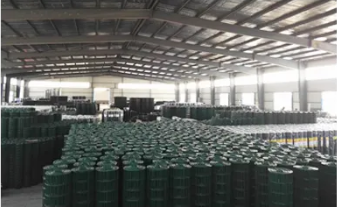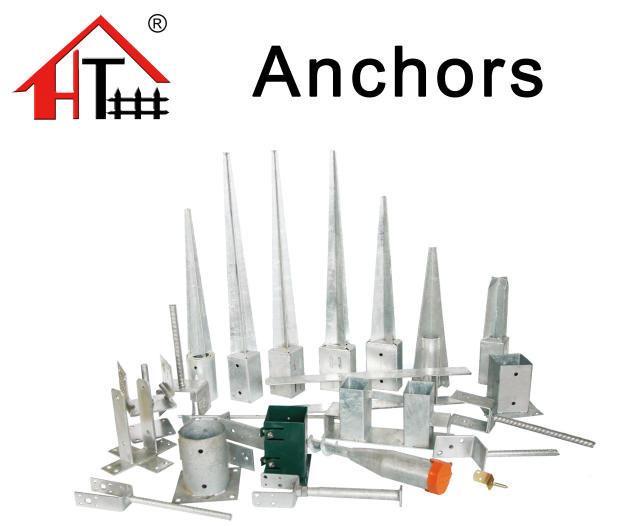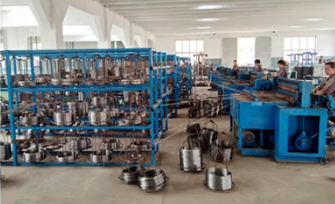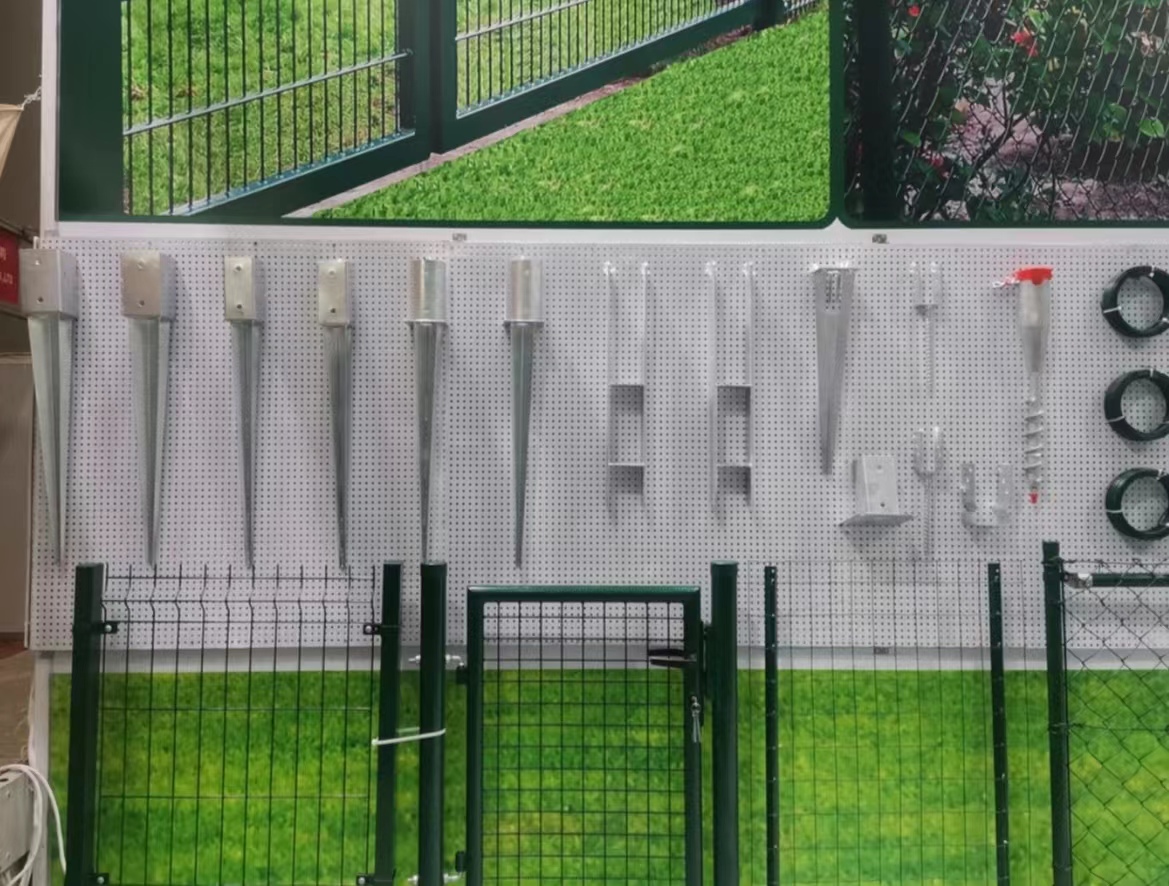Effective Deer Fencing for Orchards
When it comes to protecting orchards from deer, implementing an effective fencing solution is crucial. Deer can be exceptionally destructive to fruit trees, saplings, and crops, causing significant economic losses for orchard owners. Therefore, investing in a robust deer fencing system is not just a matter of aesthetics but a fundamental strategy to ensure the health and productivity of the orchard.
Understanding Deer Behavior
Deer are primarily browsing animals, and they often favor the tender leaves, fruits, and branches of young trees. Their foraging habits can lead to severe damage, including bark stripping and the complete decimation of your harvest. Understanding their behavior is essential for designing an effective fencing solution. Deer can jump heights of 6 to 8 feet, so any fencing must consider their impressive leaping abilities.
Types of Deer Fencing
1. Traditional Fencing While wooden or barbed wire fences may be effective, they often require regular maintenance and can be costly to install. A traditional fence should be at least 8 feet high to deter deer effectively. However, visibility can be an issue, and it may obstruct beautiful orchard views.
2. Electric Fencing Electric fences provide a deterrent that has become increasingly popular among orchardists. They can be less visible than traditional fences and are easier to install. However, proper maintenance is essential to ensure the electric charge remains effective. Combining a single strand of electric wire with a taller barrier can enhance the deterrent effect.
deer fencing for orchards
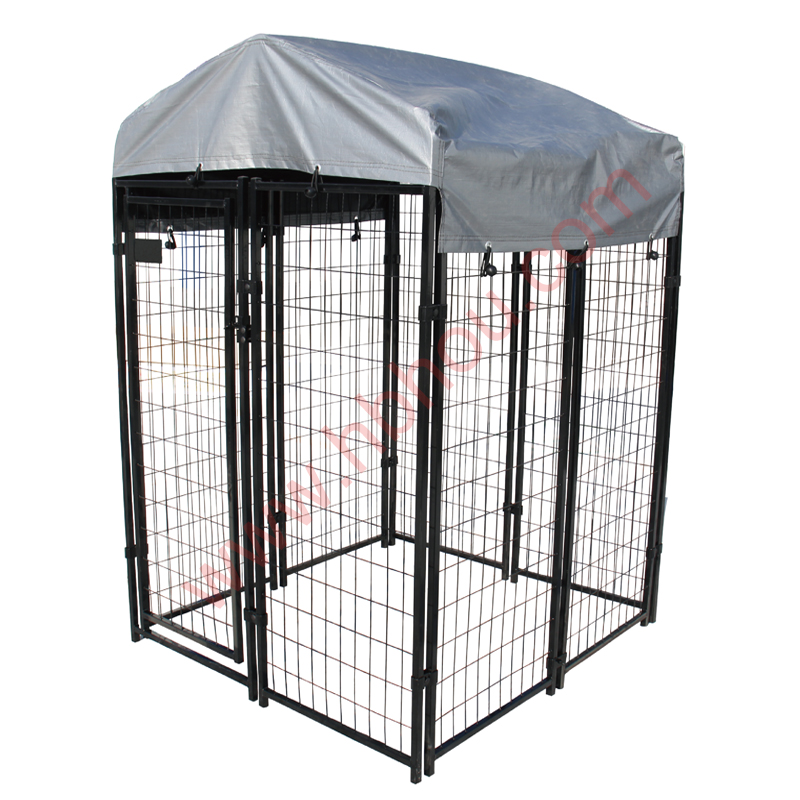
3. Netting and Wire Mesh For smaller orchards or specific areas within larger orchards, using netting or wire mesh can be a practical solution. These options allow for the protection of individual trees while still allowing light and air to reach the plants. However, these methods might not be suitable for extensive areas due to their lower durability against larger wildlife.
4. Deer Repellents and Deterrents Apart from physical barriers, repellents—natural or chemical—can be applied to the trees and surrounding areas. These may need to be reapplied regularly, especially after rainfall. Combining repellents with fencing can create a comprehensive protection strategy.
Maintenance and Monitoring
Once a deer fencing solution is in place, ongoing maintenance is imperative. Regular inspections ensure that the fence remains intact, free from debris, and that the electric charge is functioning. Monitoring deer activity can also help adjust the strategy as needed. For instance, if deer find a breach in the fence, they may become more frequent visitors.
Conclusion
Investing in effective deer fencing for orchards is an essential step for any orchard owner looking to protect their crops and investments. By understanding deer behavior and selecting the appropriate fencing method, combined with regular maintenance and monitoring, orchardists can safeguard their trees against the ravages of wildlife. Ultimately, a well-fenced orchard can thrive, providing bountiful harvests and ensuring long-term success.









